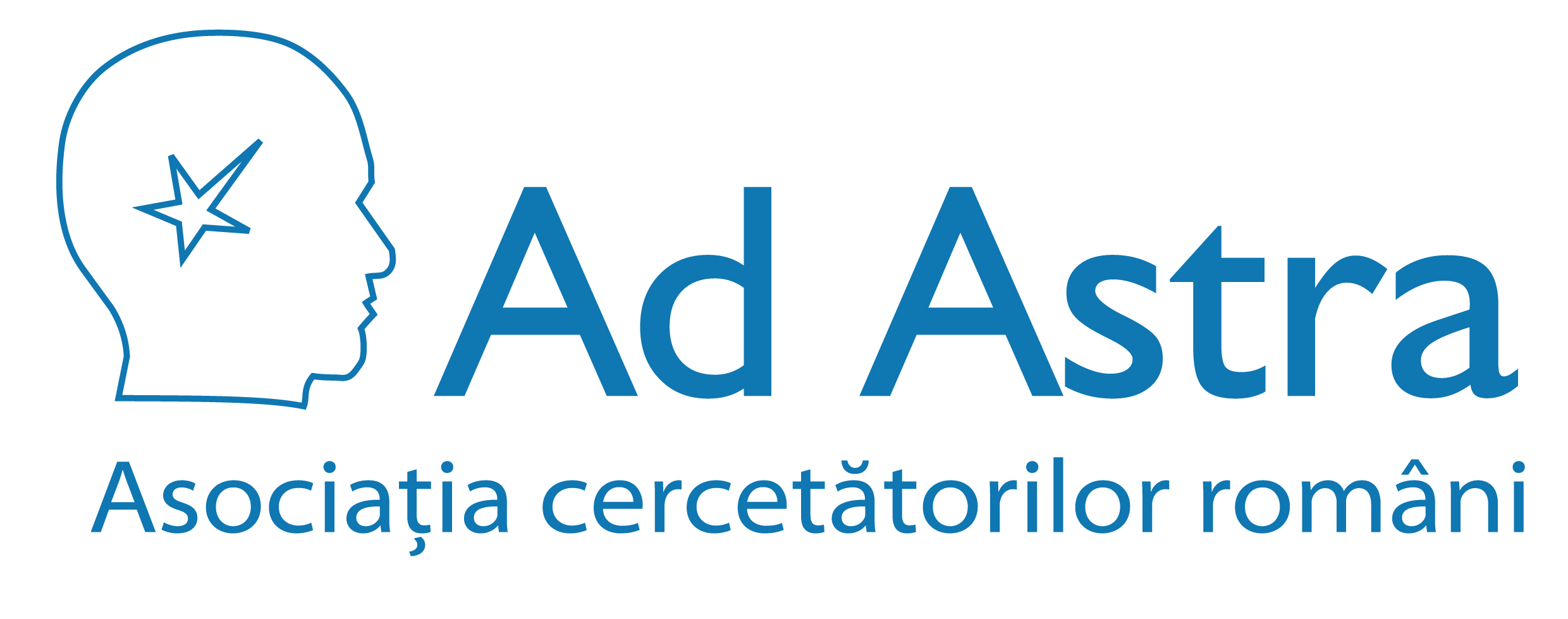Scopul nostru este sprijinirea şi promovarea cercetării ştiinţifice şi facilitarea comunicării între cercetătorii români din întreaga lume.
Staff Login
Variation tendencies of shape memory alloys surface relief as a function of training-cycling parameters
Domenii publicaţii > Stiinte ingineresti + Tipuri publicaţii > Articol în revistã ştiinţificã
Autori: Marius-Gabriel SURU, C. MOROŞANU, L.-G. BUJOREANU
Editorial: Journal Of Optoelectronics And Advanced Materials, Vol. 16, No. 3-4, p.394 – 400, 2014.
Rezumat:
Lamellar specimens of Cu-Zn-Al Shape Memory Alloy (SMA) were trained in bending under as much as 500 cycles, until two-way shape memory effect (2WE) was obtained. Trained specimens were further tested by means of a hydraulic installation where, heating-cooling cycles were performed in oil conditions. Considering that the lower concave surface of the specimens was kept in compressed state while the upper convex surface was kept in elongated state, this study reveals the variation tendencies of the width and height of martensite plates as a function of training-cycling parameters, while considering the effects of different loading modes, namely compression and elongation. The convex and concave regions, of the Cu-Zn-Al specimens in air-trained or oil-cycled conditions after being subjected to large number of cycles, were metallographically prepared and analysed by atomic force microscopy (AFM). The study comprised comparative investigations of 2D and 3D representative profiles corroborated with numerical analysis of large number of recorded data, in order to reveal the effects of the number of cycles, loading mode and environmental conditions, on the general variation tendency of the surface relief of martensite plates.
Cuvinte cheie: Shape memory alloys, Training-cycling, Surface relief, Martensite plates, Statistical evaluation
URL: http://joam.inoe.ro/index.php?option=magazine&op=view&idu=3445&catid=83

